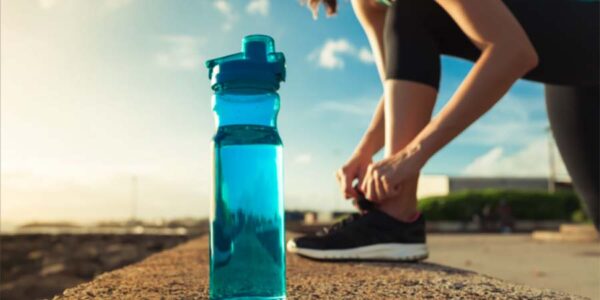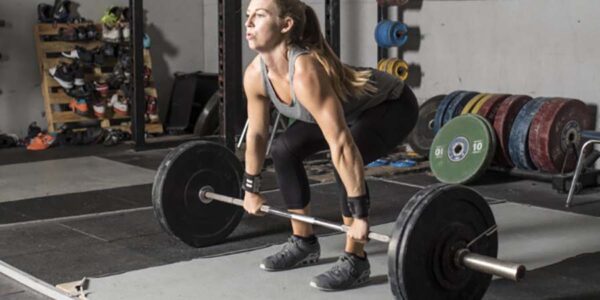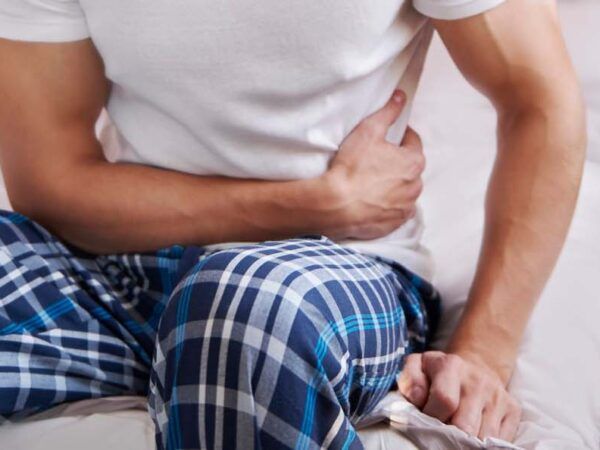What is the incontinence in young women athletes?
Perineal and pelvic reeducation is now increasingly well known for older women and women who are pregnant or have just given birth. However, we hear less about it for young, active women who have not had children! However, physical activity can be a risk factor for a number of problems, such as :
- This is the involuntary loss of urine, regardless of quantity. Leakage can occur with exertion, such as running, jumping or lifting. Urinary leakage can also take the form of urge incontinence, i.e. leakage that occurs when there is a sudden urge to urinate. These emergencies can occur, for example, at the same spot on the running track, or when arriving home and opening the door.
Despite what you might think, a number of studies have shown that urinary incontinence is quite common even in young women who have not had children.
Stool leakage, organ descent, etc.
- Stool or gas leaks or a lack of control over them: like bladder weakness, these leaks can occur with effort or following an emergency.
- Organ prolapses: They may or may not be symptomatic, affecting one or more organs, such as the bladder, rectum or uterus. In many cases, low-grade organ descent causes no particular discomfort and therefore goes unnoticed. The risk of deterioration is nevertheless present. Symptomatic organ descent, on the other hand, may cause sensations of vaginal heaviness or lumpiness, pain in the lower back, difficulty in urinating, leakage of urine or stool, and pain during intercourse.
- Sexual dysfunction: sexual dysfunctions can present themselves very differently, for example a lack of sensation and pleasure or pain during intercourse.
We all know the benefits of regular physical activity. Unsurprisingly, it is recognized that the development of any of these sport-related problems can become a barrier to maintaining an active lifestyle, even in younger women.
These problems are more common than you might think: 24% of childless women who exercise experience bladder weakness, compared with 14% of childless women who are sedentary.
The same applies to leaky stools or gas: 15% of childless women who train more than 8 hours a week suffer from this, compared with 5% of sedentary childless women.
Leaking urine, stools or gas should never be considered normal, nor should organ descent or sexual dysfunction. Treating the problem as soon as it appears will ensure a better prognosis and faster progression.
So how does sport relate to these issues?

The internal unit (the “core”) is a group of muscles that have an impact on continence and visceral support. It delimits the “abdominal cylinder” and is made up of 4 main muscles.
The pelvic floor
It closes the opening at the bottom of the pelvis. It has an important role to play in continence, as its contraction puts pressure on the urethra to ensure that no urine leaks out. It also provides part of the support for the organs, acting like a hammock on which the organs are deposited. It also contributes to pelvic stability.
Transverse abdominis
It forms the anterior wall of the abdominal cylinder. It lies beneath the superficial abdominals (rectus abdominis and obliques) and attaches to the lumbar vertebrae. It acts like a corset, and its contraction stabilizes the contents of the abdomen and lumbar region.
The diaphragm
It forms the upper wall of the abdominal cylinder. It’s the muscle of respiration, but it also has an important role to play in activating the internal unit. During exhalation, the diaphragm rises into the ribcage, drawing the pelvic floor upwards and helping to activate it.
The multifidus
They form the posterior wall of the abdominal cylinder. They are located on either side of the lumbar vertebrae and are responsible for part of the stability of the lumbar region.
In all women, a lack of strength, endurance or control of the internal unit can lead to the problems mentioned above. What’s more, an automatic contraction of the internal unit should normally precede any effort (jumping, lifting, etc.).
Poor synchronization during recruitment of the internal unit can therefore also lead to these problems. Given that sport greatly increases the forces applied to the internal unit (3-4x body weight for running, 5-12x for jumping), it’s clear that active women need to have better internal unit function than sedentary women to avoid leakage, organ descent and the like.

This is particularly evident in certain high-impact sports, such as gymnastics or mogul skiing, or certain sports involving heavy lifting, such as weightlifting. We even regularly see young athletes practising these sports experiencing bladder weakness during competitions! All too often, this is trivialized and considered “normal”.
The principle is also true for running, CrossFit, gym training… Unfortunately, strengthening the internal unit is not part of many sportswomen’s training!
How can these problems be solved or prevented?
Perineal and pelvic rehabilitation is the 1st-line treatment for the prevention or treatment of these problems. It enables :
- Improve the function of each of the muscles of the internal unit by teaching optimal recruitment of these muscles and exercises, ensuring greater stability of the back and pelvis, better control of the abdominal wall, improved continence and better support of the viscera.
- Rehabilitate the synchronization of the contraction of all the muscles of the internal unit, so that it is effective at the right moment.
- Determine which other muscle groups should be strengthened to maximize gains.
For example, if there is a lack of strength or endurance in the calves or intrinsic foot muscles, their shock absorption is less effective, increasing the forces applied to the pelvic floor.
The glutes are also particularly important for proper alignment of the legs, pelvis and trunk. If there is a lack of recruitment, strength or endurance of the gluteus maximus or medius, the movement pattern (e.g. when running or training in the gym) is not optimal and more pressure is applied to the internal unit.
The superficial abdominals are also very important to assess: we often hear that we need to sheath ourselves during physical effort, which leads many women to contract their superficial abdominals during exertion. However, this type of sheathing greatly increases the pressure applied to the pelvic floor, in addition to stiffening the thorax and abdomen, which modifies the movement pattern;
- Reduce muscular tension that can interfere with muscle recruitment, using manual release techniques;;
- Give advice on risk factors, good lifestyle habits (e.g. diet, bowel movements), posture, lifting technique and movement patterns during exercise (e.g. squats, running, etc.).

Your physiotherapist will be able to relate it all to your sport and guide you for optimal and safe training progress!
What are the positive impacts of perineal and pelvic reeducation for women athletes?
Perineal and pelvic rehabilitation has many positive impacts on the quality of life and self-esteem of active women. It improves stability of the back, pelvis and abdominal wall, which can translate into better sports performance and reduced risk of injury.
Of course, it also focuses on the treatment and prevention of urinary, gas and stool leakage, organ descent and sexual dysfunction. So you can resume or continue your sport without fear of embarrassing incidents or problems that may arise over time.
Don’t hesitate to make an appointment with one of our physiotherapists, experts in perineal and pelvic rehabilitation, for more details and a personalized evaluation!
References
[:fr]Evidence-Based Physical Therapy for the Pelvic Floor de Kari Bo, Bar Berghmans, Siv Morkved et Marijke Van Kampen, 2e édition, 2014.[:]




